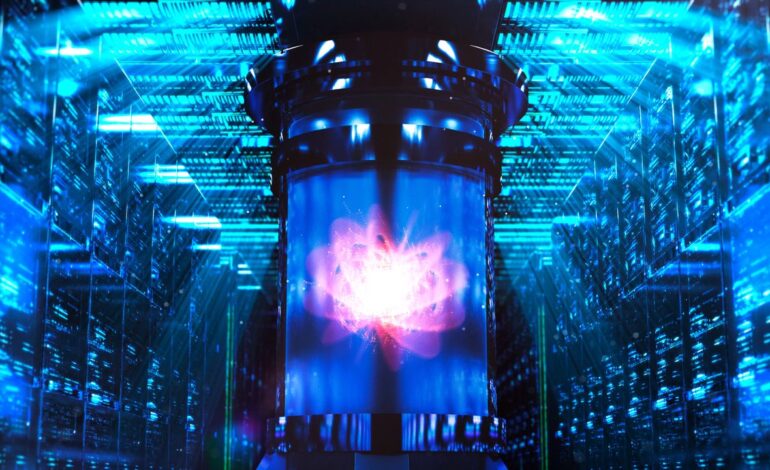Nuclear Waste Transformation: A Future Source of Clean Energy

Nuclear waste could be repurposed into tritium, a rare isotope essential for nuclear fusion, according to physicist Terence Tarnowsky from the Los Alamos National Laboratory. During the recent fall meeting of the American Chemical Society, Tarnowsky proposed that this transformation could potentially provide a significant source of clean energy, addressing both the challenges of energy production and the management of nuclear waste.
Tritium, a radioactive form of hydrogen, is not abundantly available on Earth and is costly to produce. Currently, it can only be made in limited quantities, which presents a significant barrier to the advancement of nuclear fusion technology. Nuclear fusion, which combines atoms to release energy, has the potential to generate vast amounts of emission-free energy. However, the process has yet to achieve commercial viability due to the high costs associated with tritium and the technical challenges of initiating a self-sustaining reaction.
At the forefront of this research, Tarnowsky emphasized that the first generation of nuclear fusion reactors will likely depend on reactions involving tritium. While alternative fusion reactions exist, such as fusing deuterium and helium-3, these require higher temperatures and are less economical.
A major hurdle in tritium production is its radioactive nature and short half-life. Tritium decays at a rate of 5.5% per year, meaning it cannot be stored long-term like conventional energy sources. Tarnowsky stated, “You can’t put excess tritium in a bank and get it all in 50 years like you can with other energy sources.”
To make nuclear fusion a reality, a more efficient method for producing tritium is essential. Current nuclear plants utilize nuclear fission, which splits atoms and generates energy, but this process creates substantial amounts of long-lived nuclear waste. According to the U.S. Environmental Protection Agency, spent nuclear fuel contains hazardous materials that can take hundreds of millions of years to decay.
Tarnowsky proposes an innovative approach that involves using a particle accelerator to split atoms in existing nuclear waste, thereby generating tritium as a byproduct. This method does not eliminate nuclear waste but seeks to repurpose it, providing further utility from materials already in existence. Recent technological advancements could allow this approach to be significantly more efficient than previous methods.
Initial calculations suggest that using 1 gigawatt of energy could yield approximately 4.4 pounds (2 kilograms) of tritium in a year. This quantity, if applied to nuclear fusion, could supply energy for tens of thousands of homes in the United States annually. Tarnowsky estimates that this technique could produce more than ten times the amount of tritium compared to current production methods using the same energy input.
Despite the promising nature of this research, the United States currently lacks a stable and affordable supply of tritium, which costs around $15 million per pound (approximately $33 million per kilogram). This high cost, combined with the challenges of storing the thousands of tons of nuclear waste, underscores the urgency for innovative solutions.
“This technology is possible today,” Tarnowsky remarked, highlighting the potential for a significant shift in how spent nuclear fuel is utilized. The conversation around nuclear power has evolved since the accidents at Three Mile Island and Chernobyl, and there is now a renewed interest in exploring its possibilities.
While many details remain to be worked out before a comprehensive proposal can be developed, Tarnowsky’s ideas are gaining traction. The advantages of harnessing nuclear waste for energy production could play a crucial role in the transition towards more sustainable energy sources. As the world looks for solutions to the energy crisis, the potential for nuclear fusion to provide clean, abundant energy may soon be within reach.






